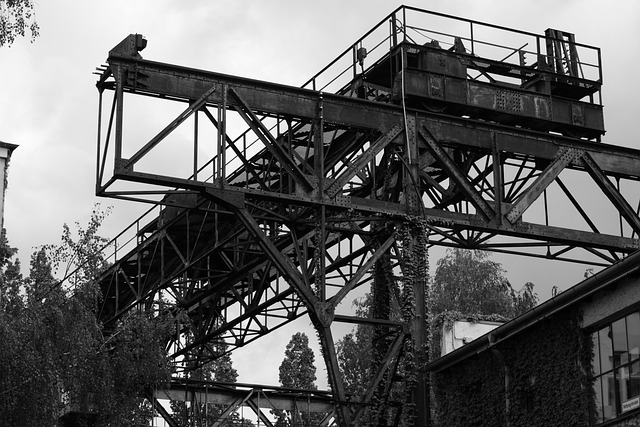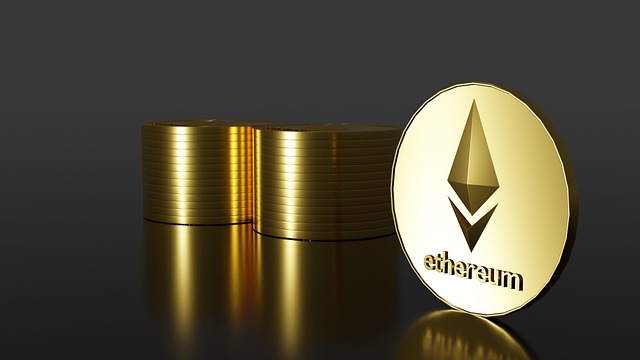Investing in Art: A Unique Perspective on Wealth Growth
Art has captivated humanity for centuries; its ability to evoke emotion and provoke thought makes it a unique medium of expression. However, the value of art goes beyond its aesthetic appeal. In recent years, investing in art has emerged as a compelling avenue for wealth growth, attracting both seasoned collectors and new investors alike. This article explores the multifaceted nature of art investment, providing insight into its potential as a financial asset, the factors that influence art value, and the unique advantages it offers as part of a holistic investment strategy.
The Appeal of Art as an Investment
The allure of art as an asset class can be attributed to several factors. First and foremost, art is historically known for appreciating in value, often outperforming traditional investments such as stocks and bonds. This attraction is increasingly appealing in a financial landscape characterized by volatility and uncertainty. While it is important to recognize that not all art guarantees substantial returns, the potential for significant appreciation, especially in contemporary and sought-after works, is a formidable draw for investors.
Art also invites individuals into a world of creativity, cultural significance, and personal expression. Unlike conventional investments that may seem impersonal, owning a piece of art creates a connection with the artist and the larger narrative surrounding the artwork. This emotional component adds a layer of satisfaction to the investment process that cannot be disregarded.
Understanding Art Valuation
To navigate the art market effectively, it is crucial to understand what factors contribute to the value of an artwork. The valuation of art is inherently subjective, often influenced by various tangible and intangible elements:
Artist Reputation
The stature of an artist plays a critical role in determining an artwork’s value. Established artists with a proven track record tend to command higher prices due to their recognition and demand in the market. The history of the artist, including past exhibitions, awards, and critical reception, contributes to their reputation and, by extension, the valuation of their work.
Provenance
The provenance, or history of ownership, is another significant factor in art valuation. A verified chain of ownership can enhance an artwork’s worth, especially if it has belonged to notable collectors or has been featured in high-profile exhibitions. Provenance provides authenticity and can prevent forgeries, ensuring that the artwork’s narrative aligns with its value.
Rarity and Demand
Like any market, scarcity can elevate value. Limited editions or one-of-a-kind works enjoy heightened demand, particularly when a piece captures the zeitgeist or addresses relevant social issues. The balance between supply and demand shapes the financial potential of art investments, making market trends and shifts critical for investors to monitor.
Condition and Quality
The physical condition of the artwork also significantly affects its valuation. Factors such as the quality of materials used, care taken in preservation, and restoration history all impact the overall appeal. A piece that exhibits wear or damage may see a devaluation, while well-preserved works can command substantial prices.
The Art Market Landscape
The art market is diverse and multifaceted, encompassing everything from contemporary works to classical masterpieces. It is essential for potential investors to assess their interests and intelligence on various segments of the market. Traditional and online auction houses, galleries, art fairs, and private sales all represent varied avenues for art investment.
In the digital age, online platforms have democratized access to art investment, enabling newcomers and seasoned collectors to explore curated selections from around the globe. The proliferation of art marketplaces has enhanced liquidity in the art sector, allowing for greater flexibility in buying and selling.
Art as Part of a Diversified Portfolio
When considering investments, financial advisors often advocate for diversification to mitigate risk. Art can serve as a valuable addition to a diversified portfolio for several reasons:
First, art often demonstrates a low correlation with traditional asset classes. While stocks and bonds may fluctuate in tandem due to market pressures, art can maintain its value despite economic downturns, adding stability to an investment strategy. This diversifying quality can act as a hedge against inflation, as is evident during turbulent economic times when art frequently retains or increases in value.
Second, art investment appeals to those looking for a long-term strategy. Unlike stock trading, which may involve short-term gains and losses, art investment typically requires a longer horizon. Patience can yield rewarding returns, especially if an investor has an eye for emerging artists or historical periods gaining recognition.
The Risks of Investing in Art
While the benefits of investing in art are notable, it is also essential to acknowledge the inherent risks. Art investment is not without its challenges, and navigating the art market requires diligence and education.
Market volatility can influence values, leading to periods of stagnation or decline in specific genres or styles. Contemporary art, in particular, may experience fluctuations as trends shift. Additionally, the quality of art investments can be variable, with the risk of significant financial loss if an investor misjudges an artist’s trajectory.
The emotional connection to art can also complicate decision-making. Investors may fall in love with pieces, wanting to hold onto them despite poor financial prospects. The emotional attachment can cloud rational judgment during critical financial decisions.
How to Begin Investing in Art
Starting an art investment journey does not require a wealth of experience, but understanding the landscape is paramount. Here are some strategies for newcomers looking to enter the art market:
Educate Yourself
Investing in art necessitates ongoing education. Understanding different movements, styles, and artists enriches your appreciation of art while providing valuable insight into potential investments. Attending art fairs, gallery openings, and lectures can provide exposure to a variety of artworks and perspectives.
Participate in the Community
Joining art communities online or locally can open doors to networking and learning opportunities. Engaging with other collectors and enthusiasts allows for knowledge exchange on market tendencies, emerging artists, and valuation techniques.
Seek Guidance from Experts
If you’re hesitant or overwhelmed, consider consulting with art advisors or professionals who specialize in art investment. They can offer valuable insights and help navigate the sometimes complex art world. Their expertise can alleviate the stress of decision-making and introduce you to pertinent opportunities.
Start Small
Breaking into art investment doesn’t require an instant, huge financial commitment. Consider starting with lesser-known artists or limited edition works, which can often provide avenues for growth – both in personal enjoyment and financial potential. A smaller investment can help mitigate risk as you learn about the industry and develop your tastes.
Conclusion
Investing in art offers a unique perspective on wealth growth, blending financial acumen with cultural appreciation. While there are risks involved, the potential for appreciation, diversification from traditional asset classes, and personal enjoyment makes art a compelling investment avenue. Education, community engagement, and expert guidance can help both novice and seasoned collectors navigate the enchanting yet complex world of art investment effectively.
Ultimately, the journey of investing in art challenges investors to think creatively, assess risk differently, and find beauty in the convergence of aesthetics and finance. As the art market continues to evolve, those who are willing to immerse themselves in its depths may find that the rewards extend beyond mere financial gain, fostering a deeper engagement with culture and creativity.










